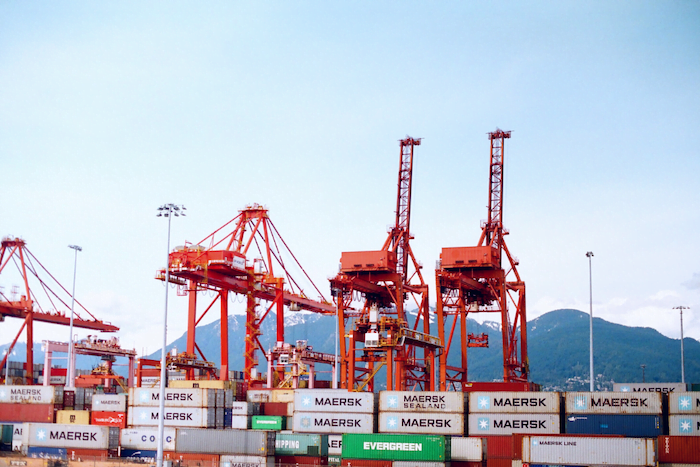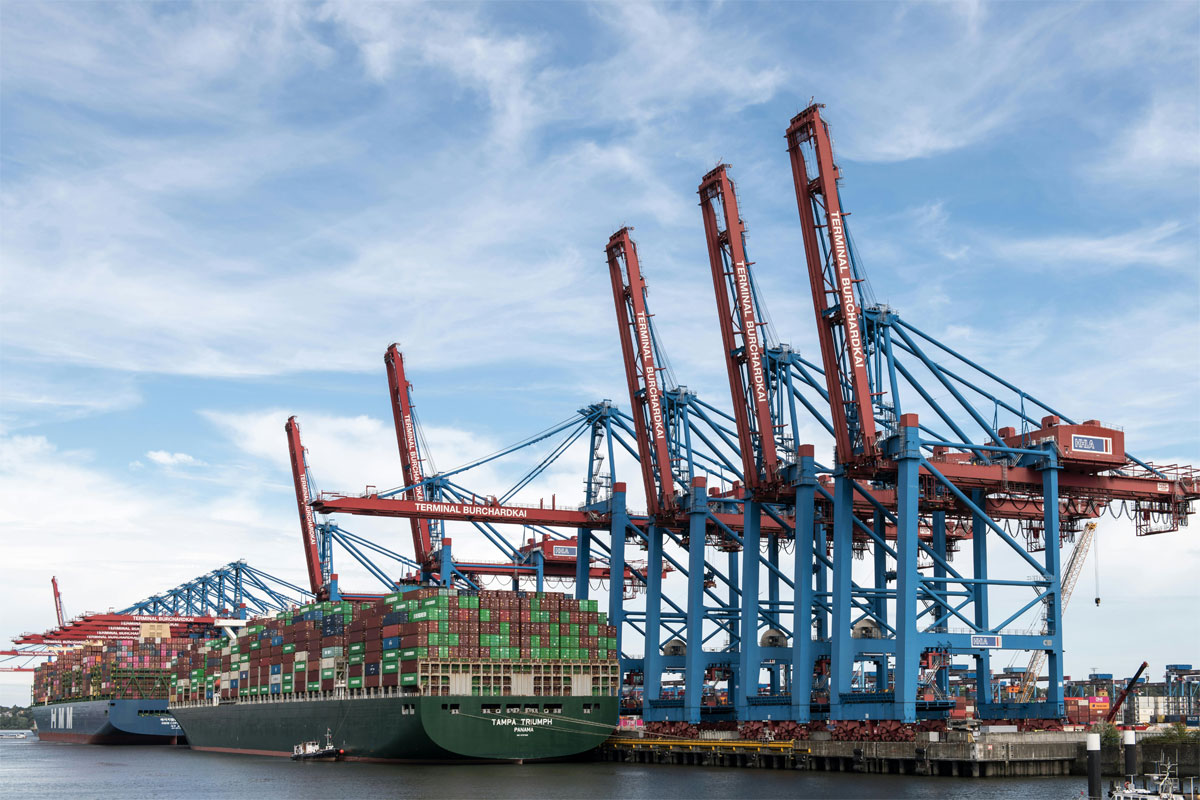Since the financial crisis of 2008, international logistics has endured a steady and increasingly disruptive pace of change.
COVID-19 could not have come at a worse time for international logistics. Not because ocean carriers finally figured out how to eliminate sailings and prop up rates despite plummeting volumes. Nor because virtually all passenger plane belly “freight” capacity left the market, sending air freight rates and transport costs into the stratosphere.
Those developments have been costly, but the real weaknesses that COVID-19 exposed in supply chains is more troubling for the long term. There has been a hollowing out of knowledge, experience, and relationships among companies and their logistics teams, and a shift toward a procurement mindset focused only on cutting costs. Those developments only exacerbate the already brutal pressure of operating in a COVID-19 environment longer than anyone could have imagined. How can companies adjust their operations to what will be a vastly different environment going forward?
“Since the financial crisis of 2008, international logistics has endured a steady and increasingly disruptive pace of change. The rapid rise of e-commence and lightning-fast emergence of new brands and fast fashion has changed the expectations for the consumer.”
In international logistics, the seeds of the present disruptive moment were planted several years ago. Since the financial crisis of 2008, international logistics has endured a steady and increasingly disruptive pace of change. The rapid rise of e-commence and lightning-fast emergence of new brands and fast fashion has changed the expectations for the consumer.
Meanwhile, there has been a steady and perhaps inevitable decline of some of America’s most iconic brands, particularly in the retail space. Finally, the introduction of the section 301 tariff increases on China has consistently kept most of American industry on edge, and shippers remain in a state of both financial and truly revolutionary pressure.
News reports that surfaced as the pandemic spread in February and March were a “black swan” warning sign to the C-suite, particularly those with global operations. They quickly needed to focus on their international logistics capabilities. During the first few days of the COVID-19 crisis, there were stories that “supply chains are crumbling” and “where are the masks and ventilators?” Thoughts such as those are not isolated; they show the widespread ignorance on how global sourcing and supply chains really operate. Unfortunately, there is too often little appreciation or understanding for the material and process infrastructure which makes up the “plumbing” of your supply chain.
As a result, we are seeing a repeat of a familiar history where companies often are forced to learn and invest in critical capabilities when they are “at the brink” instead of making the necessary investments to be prepared in advance for managing “normalcy.” Regrettably, the C-suite focus in too many businesses on the effectiveness of their supply chains usually only occurs in times of crisis. When these events occur, logistics professionals are asked to step into the breach to answer for poor performance and lack of technology and data to answer the blizzard of questions. The results are typically underwhelming.
Getting this right is not easy and requires management to address fundamental questions.
This article was originally published by the Journal of Commerce. To continue reading, visit JOC.com


